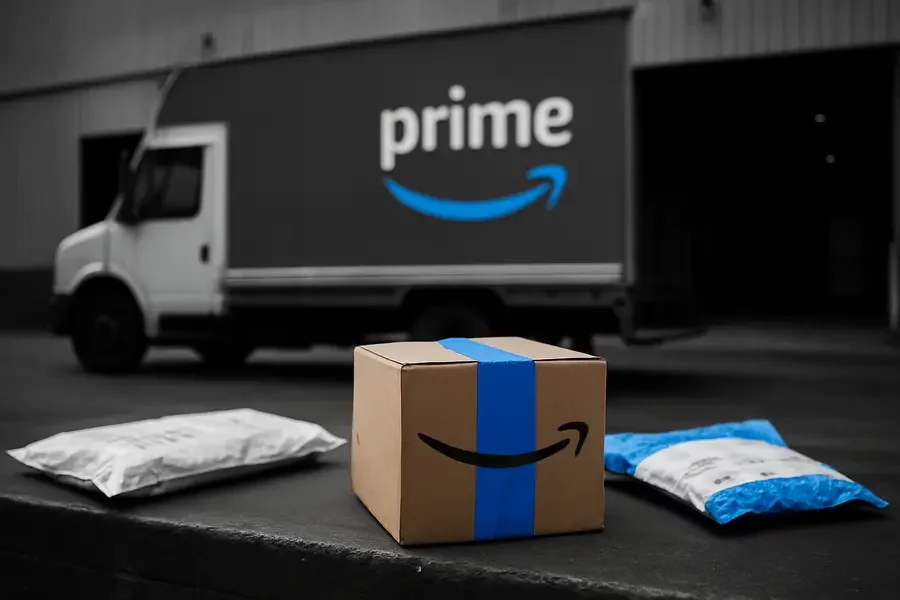SEATTLE, September 2, 2025 – Amazon (AMZN.O) Prime memberships in the U.S. failed to meet internal targets and prior-year totals despite doubling Prime Day to four days, according to internal company data 1. The disappointing sign-up performance raises questions about subscriber growth saturation in Amazon’s core market despite expanded promotional efforts.
- Prime sign-ups missed company targets and 2024 totals
- Amazon doubled Prime Day promotion to four days
- Growth concerns emerge in core U.S. market
Market Context
The lackluster Prime membership growth comes as subscription-based revenue models face increasing scrutiny from investors across the retail sector. Amazon’s Prime service, which costs 139 annually, has been a key driver of customer loyalty and recurring revenue streams 2.
Amazon had touted “record-breaking sign-ups” in the 25 days surrounding Prime Day but did not provide specific numbers 1. The company said “Prime membership continues to grow,” though internal data suggests the growth momentum has slowed significantly 1.
Promotional Strategy Expansion
Amazon expanded its flagship Prime Day event from the traditional two-day format to four days this year, marking the most aggressive promotional push for the membership program 3. The extended sales period was designed to capture more sign-ups during peak shopping activity.
Despite the expanded timeframe and what the company described as “blowout numbers,” the membership acquisition results fell short of both last year’s performance and Amazon’s own internal benchmarks 2. This disconnect between sales volume and membership growth suggests existing customers drove much of the increased activity.
Growth Saturation Concerns
The slower Prime sign-up pace may signal market saturation in Amazon’s most mature market. Industry analysts have long questioned how much room remains for growth in U.S. Prime membership, given the service’s broad existing penetration.
The membership program has been central to Amazon’s strategy of building customer loyalty while generating predictable recurring revenue. Prime members typically spend more per year and shop more frequently than non-members, making sign-up rates a closely watched metric.
Company Response
Amazon maintained an optimistic public stance despite the internal data showing missed targets.
“Prime membership continues to grow,”
the company said, though it declined to provide specific enrollment figures 1.
The company’s reluctance to share detailed membership metrics follows a broader trend of major technology companies providing less granular data about key performance indicators. Amazon stopped reporting quarterly Prime membership numbers in recent years, making independent assessment of growth trends more difficult.
Investment Implications
The slower Prime growth rate could impact Amazon’s subscription services revenue, which includes Prime membership fees. This revenue stream has become increasingly important as the company faces margin pressure in its core retail operations.
Investors will likely scrutinize whether Amazon can maintain membership growth rates through alternative strategies or if the U.S. market has reached a natural ceiling for Prime adoption.
Not investment advice. For informational purposes only.
References
1“Amazon US Prime sign-ups slow despite expanded promotion, data shows”. Reuters. Retrieved September 2, 2025.
2“Amazon US Prime Sign-Ups Slow Despite Expanded Promotion, Data Shows”. Slashdot. Retrieved September 2, 2025.
3“Amazon U.S. Prime sign-ups slow despite expanded promotion, Reuters says”. TipRanks. Retrieved September 2, 2025.

